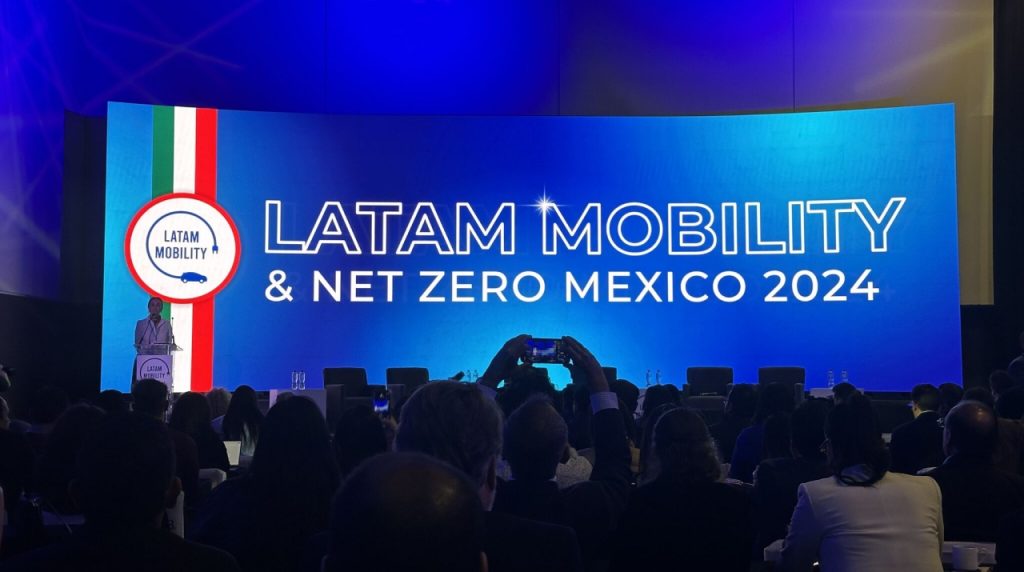Walter Julián Ángel, head of the Mexican Energy Regulatory Commission, opened the second day of “Latam Mobility & Net Zero: Mexico 2024”.
He recalled his participation in the meeting held by Latam Mobility earlier this year in Monterrey, where perspectives and first steps for the recently approved regulatory framework were presented.
Complex process
“It was quite complicated because the electromobility industry has been around for 15 years with many interests involved. We worked hard together with AMIVE, Enel, Evergo, Cenace, and the National Electricity Confederation to lay the first stone and set the foundation for those wanting to develop charging infrastructure and have the necessary parameters.”
Ángel believes that the regulation gave clarity to everyone in the country, benefiting the environment, with the objective that all actors adopt and respect this regulation and prepare for future editions facing economic challenges.

“It already happened in Mexico City and we need it across the country. We must keep discussing, moving forward, proposing how to integrate the changes, and we appreciate spaces like Latam Mobility to establish coordination and keep ourselves updated,” he said.
He explained that they are working on a standardization program for chargers to the national electric system, highlighting that the technical part is associated with the Mexican standard.
The regulation approved
The “General administrative provisions on electromobility for the integration of charging infrastructure for electric vehicles and hybrid electric vehicles connectable to the National Electric System as part of a Smart Grid”.
This is the first regulation on electromobility issued by the regulatory body and addresses the charging infrastructure for electric vehicles and plug-in hybrid vehicles.
The provisions state that the CRE will have a maximum of 24 months (two years from the entry into force of this regulation) to develop and implement an IT platform that will keep the registration, monitoring, and evolution of the charging infrastructure for electromobility.







